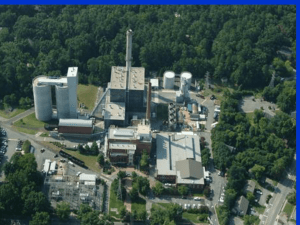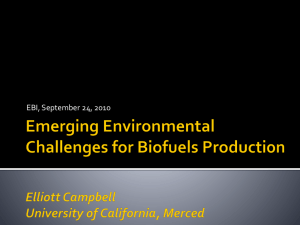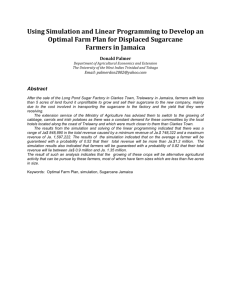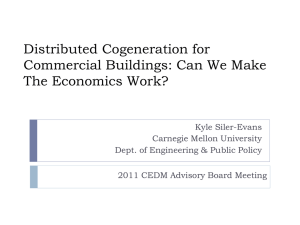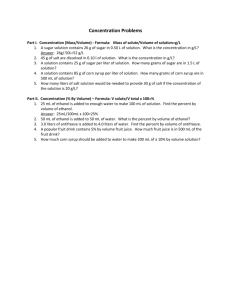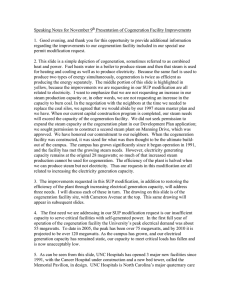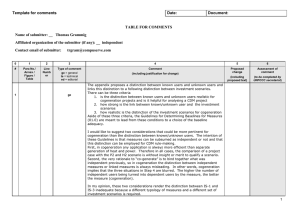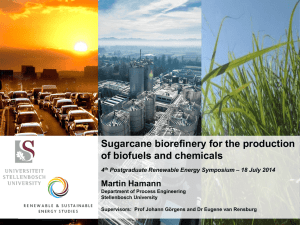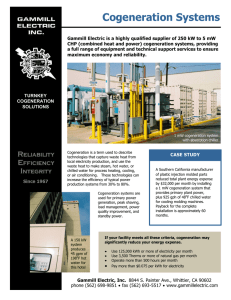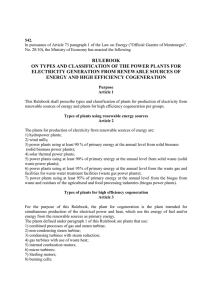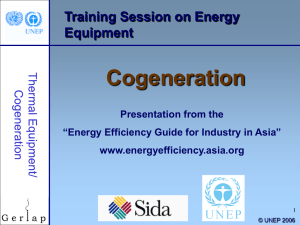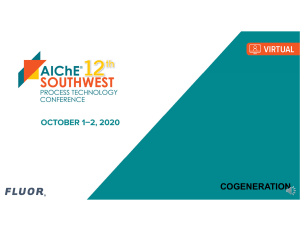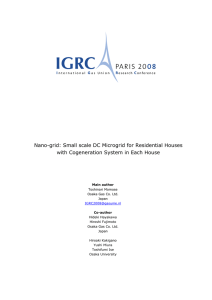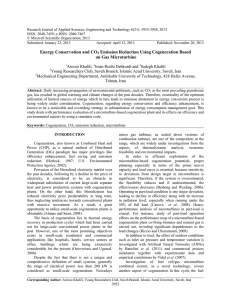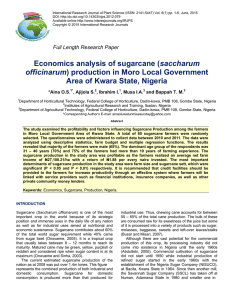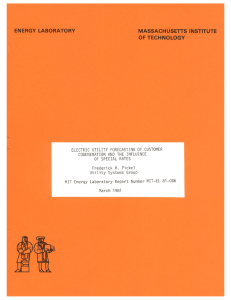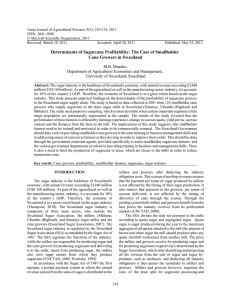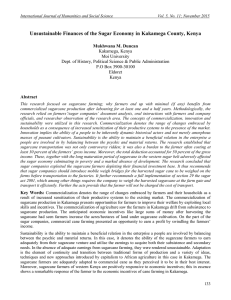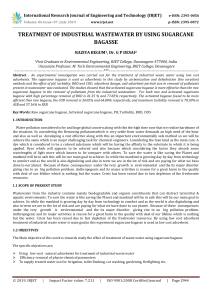system thinking
advertisement
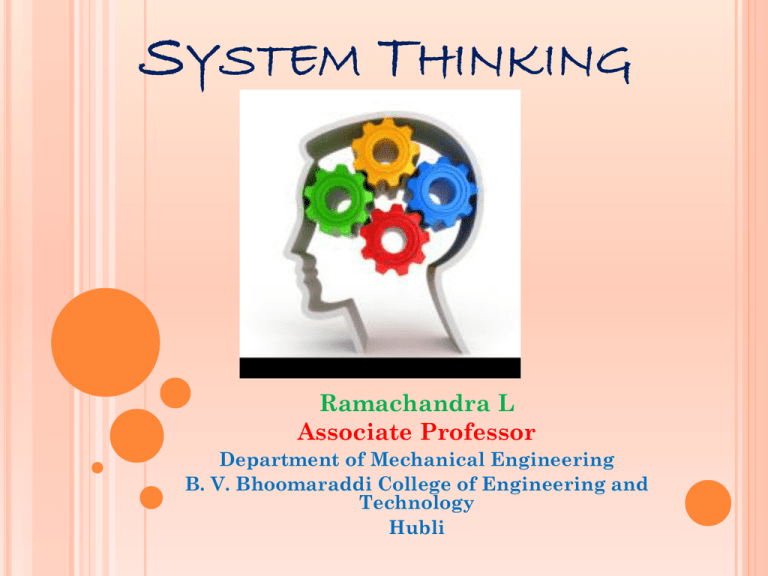
SYSTEM THINKING Ramachandra L Associate Professor Department of Mechanical Engineering B. V. Bhoomaraddi College of Engineering and Technology Hubli SYSTEM : A system is any group of interacting, interrelated, or interdependent parts that form a complex and unified whole that has a specific purpose System Thinking: Systems Thinking is a way of seeing and talking about reality that helps us better understand and work with organization and communities to influx the quality of our lives. THE CONCEPT OF A SYSTEM The several ways to think of and define a system include:. A system is composed of parts. All the parts of a system must be related (directly or indirectly), else there are really two or more distinct systems A system is encapsulated, has a boundary. The boundary of a system is a decision made by an observer, or a group of observers. A system can be nested inside another system. A system can overlap with another system. A system is bounded in time. o A system is bounded in space, though the parts are not necessarily co-located. o A system receives input from, and sends output into, the wider environment. A system consists of processes that transform inputs into outputs. CHARACTERISTICS OF A SYSTEM Systems have a purpose that defines it as a discrete entity that holds it together Purpose of an automobile…… Take you from one place to the other CHARACTERISTICS OF A SYSTEM All parts must be present for a system to carry out its purpose optimally Automobile without its spark plugs…… Car doesn’t work CHARACTERISTICS OF A SYSTEM The order in which parts are arranged affects the performance of a system Automobile with the driver in the backseat and the tires in the front seat SYSTEMS ATTEMPT TO MAINTAIN STABILITY THROUGH FEEDBACK Feedback provides information to the system that lets it know how it is doing relative to some desired state Steering car and Feedback SCIENCE SYSTEMS THINKERS CONSIDER THAT: A system is a dynamic and complex whole, interacting as a structured functional unit; Energy, material and information flow among the different elements that compose the system; A system is a community situated within an environment; A system is a community situated within an environment; Energy, material and information flow from and to the surrounding environment via semipermeable membranes or boundaries; Systems are often composed of entities seeking equilibrium but can exhibit oscillating, chaotic, or exponential behavior. WHAT IS SYSTEM THINKING ? Systems thinking is the process of understanding how a group of interacting, interrelated, interdependent components influence each other within the whole. Rather than viewing each problem as an independent entity, it must be considered in the context of its relationship to other parts of the system. Systems thinking teaches students how to solve problems, communicate, use data, and design policies for greater success. Systems thinking is a very disciplined way of understanding the dynamic relationships between things so that you can make better choices and avoid unintended consequences,” SUGAR INDUSTRY: Complete process flow diagram of all the processes in a sugar industry ETHANOL PRODUCTION: It is expected that 5% bio-ethanol will be blended with petrol sold in all the States and UTs of the country. The EBP Programme is presently being implemented in a total of 13 States with blending level of about 2% against a mandatory target of 5%. A stable EBP programme would ensure sustainable benefits for the sugarcane farmers across the nation. It will ensure an alternative market for the farmers who frequently get adversely affected in case of bumper crop of sugarcane and lack of its demand in the market. It will also provide an incentive to small and medium farmers to increase efforts towards sugarcane crop as better returns would be ensured. Procurement of ethanol at a price determined by the market will ensure stability. EBP programme not only provides opportunities to sugarcane farmers, but it also ensures the use of ethanol as bio-fuel in a big way which is environment friendly. Besides, to the extent of implementation, this reduces the dependence on imported crude and leads the nation ahead on fuel self sufficiency COGENERATION: Co-generation is the concept of producing two forms of energy from one fuel. One of the forms of energy must always be heat and the other may be electricity or mechanical energy. In a conventional power plant, fuel is burnt in a boiler to generate high-pressure steam. This steam is used to drive a turbine, which in turn drives an alternator through a steam turbine to produce electric power. The exhaust steam is generally condensed to water which goes back to the boiler. THE BENEFITS OF COGENERATION: Increased efficiency of energy conversion and use. Lower emissions to the environment, in particular of CO2, the main greenhouse gas In some cases, biomass fuels and some waste materials such as refinery gases, process or agricultural waste (either anaerobically digested or gasified), are used. These substances which serve as fuels for cogeneration schemes, increases the cost-effectiveness and reduces the need for waste disposal. Large cost savings, providing additional competitiveness for industrial and commercial users while offering affordable heat for domestic users also An opportunity to move towards more decentralized forms of electricity generation, where plants are designed to meet the needs of local consumers, providing high efficiency, avoiding transmission losses and increasing flexibility in system use. This will particularly be the case if natural gas is the energy carrier An opportunity to increase the diversity of generation plant, and provide competition in generation. Cogeneration provides one of the most important vehicles for promoting liberalization in energy markets. SYSTEM THINKING ENABLES US TO CONSIDER THE ENTIRE SYSTEM AS A UNIT TO HANDLE THE ISSUES OF SUGAR PRODUCTION ALONG WITH Efficient management of quick deliver of harvested sugarcane for crushing, Use of excess bagasse for power generation in a cogeneration plant. The decision making regarding the capacity of the cogeneration plant is dependent on the availability of surplus bagasse. Refining of the brown sugar to white sugar based on the customer demand and market requirement. Efficient conversion of molasses to produce fuel ethanol to blend with gasoline.
